Nylon6 biomethane China Textile Plastic prices PX flame retardants 27-12-2021 - Arhive
Nylon6 biomethane China Textile Plastic prices PX flame retardants
-Lucrative profit of nylon 6 CS chip sustainable or not
CS chip market turned lucrative in Q4 2021
The first chart is the historical price spread of nylon 6 conventional spinning chips (short as CS chip) chip and CPL since 2016, the trend has continuously spiraled up in the second half of 2021, and reached above 1,400yuan/mt in mid-Dec. And one thing should be noted that the price term of CPL RMB spot is “6 months payment” and that for CS chip is “by cash”, and there should be 100yuan/mt margin added to the actual spread between CS chip and CPL. Therefore, CS chip is 1,500yuan/mt over CPL spot.
And if look as the profit margin of nylon 6 CS chip based on CPL, it had turned from negative zone to a lucrative range in the last quarter of 2021, and peaked at 750yuan/mt on Nov 29, 2021. How did nylon 6 CS chip plants come to the trumps in the last quarter of 2021?
How did CS chip margin improve so much?
First, it is the long-term low operating rate taken by CS chip plants, which gradually underpins chip prices. Nylon 6 CS chip plants have curtailed production significantly from 85% March, when CS chip plants were suffering losses at the end of the first quarter, to a yearly lowest rate at 55% in late November 2021. The production cut did not help to cease the decline in chip, and inventory has risen to as high as 23.5 days in mid-April and kept high around 15 days by mid-August. It has been a long time struggle for CS chip plants.
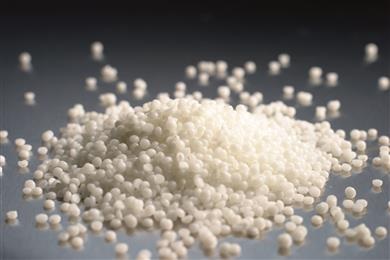
Versalis, Eni’s chemical company, and BTS Biogas, an Italian company in the building and managing sector of biogas plants, have agreed to develop and commercialise an innovative technology for the production of biogas and biomethane from residual lignocellulosic biomass, according to Eni’s press release.
This technology will integrate Versalis’ proprietary technology for the thermomechanical processing of biomass with BTS Biogas’ technology for the fermentation production of biogas and biomethane.
BTS Biogas has expertise in the production of biogas and biomethane from various biomass sources and the research and development infrastructure to evaluate their processing capacity and yields on an experimental basis.
Versalis, as part of Eni’s broader decarbonization strategy, has launched a transformation plan that aims to diversify its activities and products, and increase its contribution to technological development for increasingly sustainable industrial solutions. Nylon6 biomethane China Textile Plastic prices PX flame retardants
The partnership will enable the production of biogas and advanced biomethane with high yields from residual lignocellulosic biomass, thereby contributing to the large-scale development of advanced biomethane production with reduced greenhouse gas emissions and no agronomic impact.
As MRC reported earlier, in October 2021, the “Cracker of the Future” consortium announced two new members and accelerating the development of a game-changing technology for the electrification of the steam cracking process. This enables a revolutionary decrease in greenhouse gas emissions. The consortium announced two new member companies: Repsol and Versalis have recently joined the consortium.
Ethylene and propylene are the main feedstocks for the production of polyethylene (PE) and PP, respectively.
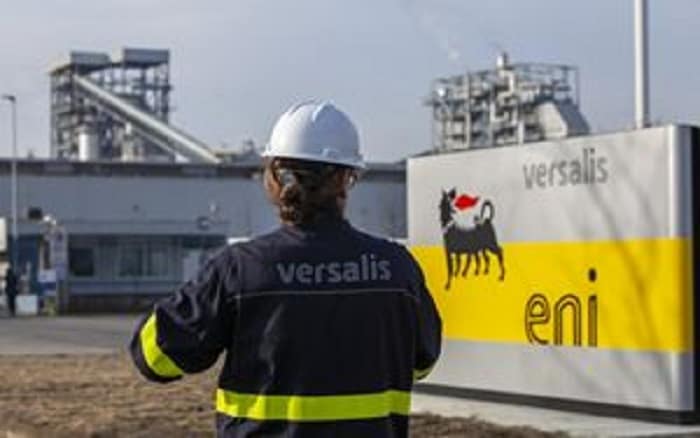
-U.S. must revoke all sanctions on Xinjiang textiles: commerce chamber
The China Chamber of Commerce for Import and Export of Textiles on Saturday urged the United States to revoke all its sanctions and suppressions on Xinjiang-made textiles. Nylon6 biomethane China Textile Plastic prices PX flame retardants
The U.S. side has recently signed the so-called “Uyghur Forced Labor Prevention Act” into law, which bans imports of textile-related products from China’s Xinjiang Uygur Autonomous Region.
The move completely violated market principles and the rules of the World Trade Organization, disrupted international trade order, and severely damaged the interests of textile and apparel manufacturers and consumers in China and the United States, the chamber said in a statement.
The U.S. accusation of so-called “forced labor” issue is purely fabricated out of thin air and has no factual basis, the statement said. It stressed that China’s textile and apparel industry has been committed to safeguarding workers’ rights and interests, and has provided stable and efficient supply chain services for the global market.
For the common interests of both sides, the chamber is willing to strengthen communication with related organizations and sectors from the United States, and strive to maintain the stability of bilateral economic and trade relations in the textile and apparel industry, according to the statement.
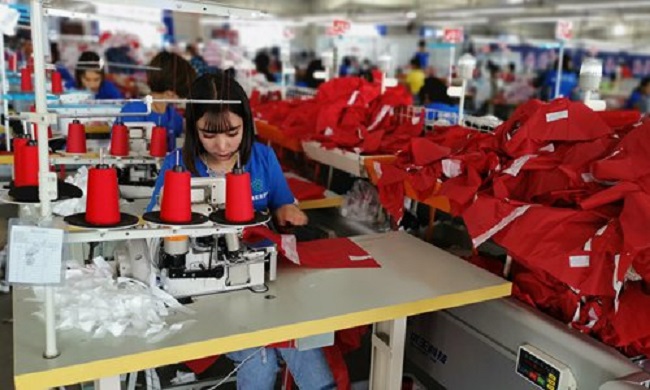
-Resin pricing dominated top headlines of 2021
The results are in, and Plastics News readers were overwhelmingly interested in one topic in 2021: resin pricing.
That’s a big change from 2020, when COVID-19 dominated my list of the most popular headlines on PlasticsNews.com. COVID stories finished well down the list this year. Nylon6 biomethane China Textile Plastic prices PX flame retardants
This is my annual blog post listing our most popular Plastics News stories, measured by web traffic. Most years, the top stories fit into one of four categories: M&A news, resin pricing, big scoops or safety-related stories.
But 2021 is a year that broke the mold. Supply chain issues were big news, and plastic resin shortages and skyrocketing prices were second only to computer chips in generating the most attention in the mainstream press.
Cream cheese was a distant runner-up. But look on the bright side: a least we have plenty of toilet paper this year.
Most years I share all the top stories. But this year, I’m taking a few liberties with the list, for the sake of variety. Take my word for it, if I gave you a true Top 10 list this year, every single one would be about resin pricing.
Frank Esposito was a busy guy this year, and we always had plenty to talk about, and big audiences, for our monthly Polymer Points Live webinars.
So, from the home office in Belleville, Mich., here are the Plastics News Top 10 stories of 2021, plus a mini-ranking of our most popular blogs:
No. 10: US Plastics pact eyes major changes in packaging. March 29.
Emily Tipaldo, executive director of the U.S. Plastics Pact, explained to our Steve Toloken — and the Plastics News Executive Forum audience — how meeting aggressive recycling goals will require major changes in packaging design and recycling. Nylon6 biomethane China Textile Plastic prices PX flame retardants
This story is still timely: Watch in the coming weeks for the Pact to publish its list of “problematic or unnecessary” packaging that member companies aim to phase out by 2025.
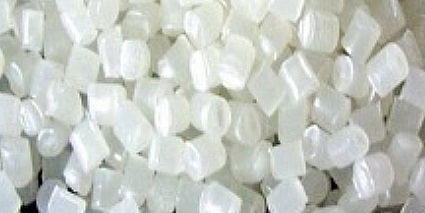
-Pressure on PX reduces with demand recovering
PX profits have been squeezed rapidly since late Nov, with PX-naphtha spread narrowing from $163/mt to below $120/mt in mid-Dec, hitting record low. This round of squeeze in PX-naphtha spread was closely related to the sharp drop in PTA plant operating rate in China. PX was dragged down by weaker demand.
However, the demand is expected to rebound.
Since late Nov, adding to the low margins, some unexpected plant issues occurred and the pandemic re-surged in Zhejiang Province, leading to sharp decline in PTA plant operating rate which fell from the high point of 84% to 63% in mid-Dec. Afterwards, with supply and demand improving, PTA margin recovered some losses, with its spread to PX rebounding from 400yuan/mt to the current level of 600yuan/mt. With acetic acid cost included, PX margin has rebounded from 180yuan/mt in mid-Nov to the current level of 390yuan/mt.
With PTA margin improving, pandemic situation alleviating, and maintenance completing, some PTA plants are getting restarted.
Therefore, China PTA operating rate is expected to rebound to 82% in early Jan, and may further increase to 84% after Shenghong restarts its plant. Meanwhile, no PTA producer has announced maintenance plan in Jan yet.
On supply front, Sinopec HRCC (Hainan Refining) plans to shut its 1 million mt/yr PX plant in end-Dec for maintenance till H1 May 2022, and shut its 660kt/yr PX plant in H2 Feb for 2-month maintenance. Meanwhile, Sinopec Fujian is poised to restart its PX plant in mid-Jan and expand the capacity by 150kt/yr to 1 million mt/yr. Sinochem Quanzhou is slated to restart its 800kt/yr plant in late Jan. Zhejiang Petroleum and Chemical is expected to complete maintenance on its 2 million mt/yr line in end-Dec. Zhongjin Petrochemical may have maintenance schedule, but the date is undecided. In addition, Sinopec Yangtze could start maintenance in end-Feb, Aromatics Malaysia plans to shut its 550kt/yr PX plant in Jan-Feb 2022 for maintenance, Oman Aromatics’ plant is scheduled to start maintenance in end-Dec 2021. Nylon6 biomethane China Textile Plastic prices PX flame retardants
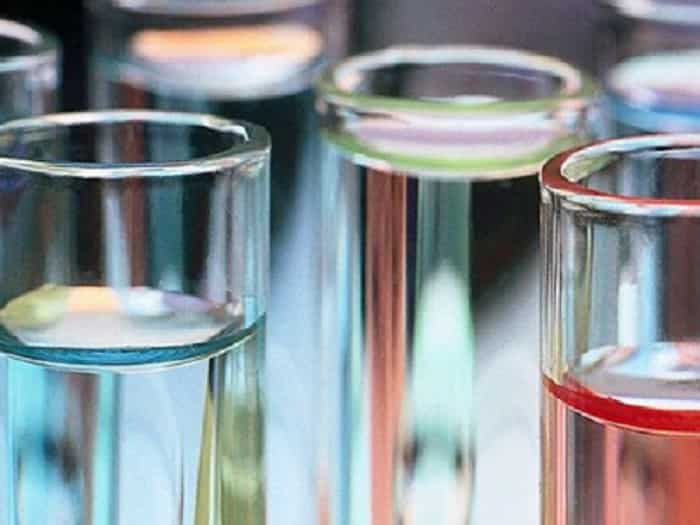
-What’s Ahead for the Plastics Industry in 2022
Growth rate will flatten compared with the robust results of 2021, according to some analysts. Others predict, however, that positive Q4 momentum will carry over into a solid start for 2022.
While some US plastics manufacturers are optimistic about continued reshoring, the global industry picture understandably remains a moving target given regional tensions, potential responses to the Omicron variant, and other factors.
With year-to-date data ending in September showing a $1.4 billion US plastics industry trade deficit, “it is likely that the US will have another year of a trade deficit in plastics, albeit less than last year,” wrote Perc Pineda, Chief Economist for the Plastics Industry Association (PLASTICS), in a Dec. 15 press release.
While some US plastics manufacturers are optimistic about continued reshoring, the global industry picture understandably remains a moving target given regional tensions, potential responses to the Omicron variant, and other factors.
With year-to-date data ending in September showing a $1.4 billion US plastics industry trade deficit, “it is likely that the US will have another year of a trade deficit in plastics, albeit less than last year,” wrote Perc Pineda, Chief Economist for the Plastics Industry Association (PLASTICS), in a Dec. 15 press release.
While full-year industry performance figures for 2021 are due in January, Pineda noted in a Dec. 10 interview with PlasticsToday that forecasts based on third-quarter reporting indicate:
US machinery production is forecast to grow 15.1% year on year in 2021, but increase only 1.9% in 2022. “In the US, we had very strong shipments of auxiliary machinery.” Nylon6 biomethane China Textile Plastic prices PX flame retardants
It will take until at least the second quarter of 2022 to get “a better reading on how far we have to go until we see supply chain kinks actually ironed out.”
Materials and resin production will continue at a higher rate in 2022.
Product output is likely to have increased 3.3% in 2021 and will increase 1.8% next year.
Mold production is expected to have risen 3.8% this year and could rise 3.4% in 2022.
Robust growth against the odds
“We really had robust growth in 2021 despite the odds,” Pineda said, “but as the economy reverts to its long-run growth rate, so will the plastic industry’s production.”
In terms of securing more control of and visibility into supply chains, evidence of increased merger and acquisition activity to that end remains anecdotal at present, he added. Nylon6 biomethane China Textile Plastic prices PX flame retardants
As for accelerating Industry 4.0 in the face of worker shortages, the movement of auxiliary machinery “tells you (manufacturers) are looking for ways to increase automation and factory efficiency.” The labor shortage is likely to spill over into the adoption of artificial intelligence (AI) in plastics production, potentially hindering its uptake as manufacturers struggle to implement connectivity and data solutions.
Ultimately, said Pineda, the trend is toward lower growth next year compared to this year. Much like the US economy on the macro scale, plastics is a mature industry facing hard-and-fast constraints on growth — namely, limited human capital.
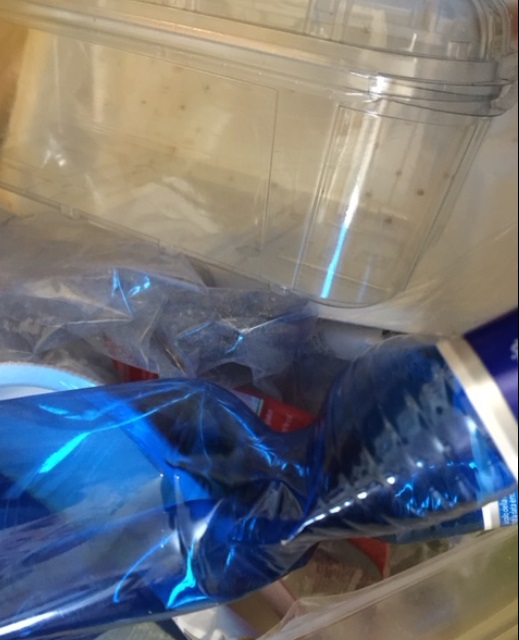
-Clariant begins construction of flame retardants production facility in China
Approximately CHF 60 million investment to significantly expand production capacity of Clariant’s Exolit® OP range of flame retardants
Local production to better serve China’s fast-growing electrical and electronic equipment industries Nylon6 biomethane China Textile Plastic prices PX flame retardants
Investment will further expand Clariant’s footprint in China and transform its existing facility in Daya Bay into a truly strategic site by 2023
MUTTENZ, December 22, 2021 – Clariant, a focused, sustainable and innovative specialty chemical company, today announced that it will construct its first Chinese production facility for its successful Exolit OP flame retardants at its existing site in Daya Bay, Huizhou, Guangdong Province. By establishing local production capacity, Clariant greatly enhances the speed at which it can provide solutions to its customers in China. Driven by the fast-growing electrical and electronic equipment industries, in particular e-mobility, 5G communications technology and transportation, there is a rapidly growing demand for Clariant’s innovative and sustainable flame retardants in China and other Asian markets.
“China has been one of the fastest growing regions for Clariant and we expect this development to continue in the future. By investing approximately CHF 60 million to establish a production facility dedicated to providing our local customers with innovative and sustainable Exolit OP flame retardants, we will take another step towards increasing our footprint in China and continue to solidify our position in the local market,” said Conrad Keijzer, CEO of Clariant.
Clariant’s facility in Daya Bay is currently home to the company’s first ethoxylation plant in Asia, which services local pharmaceutical, personal care, home care, and industrial application customers within its Business Area Care Chemicals.
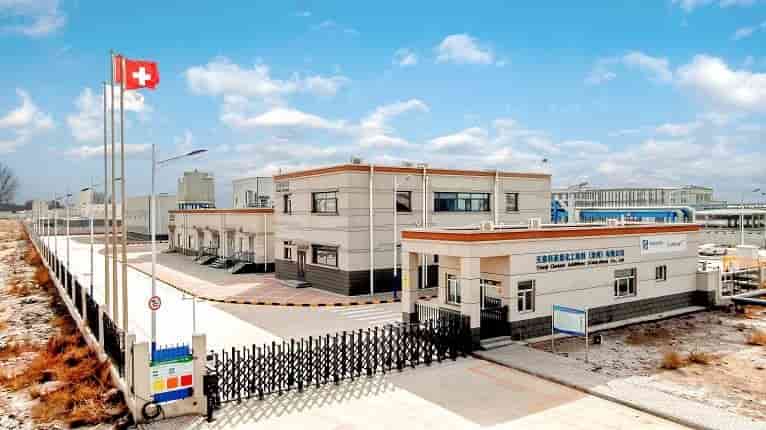
Nylon6 biomethane China Textile Plastic prices PX flame retardants
